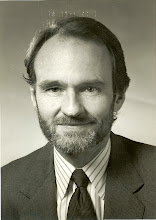Clients were reminded early Q4 (when 30% of economists predicted another recession) and since that consumer activity would continue to improve into year end, blowing through estimates and that next, although burning on at best 6 of 8, job activity will continue to improve, modestly perhaps, but improve, also exceeding estimates. (A good part of the reason for the renewed jobs activity is that employers are beginning to be cheered by developments in Washington.) More recently we added manufacturing as an anchor; that is, to expect results north of expectations.
All of these have held well. In fact, we said that ANY major surprises to US real sector activity would be to the side of relative vigor, not weakness. This was the result.
Thus equipped, a trading desk or a corporate planner could then prepare for this reality, spared of the unpleasantry of surprise.
Next, we reminded clients mid December that these anchors would hold into and through Q1. This is still true, yet - KEY - economists are beginning to catch on (which we find to be the normal two to three month lag after our anchors are set). Thus, the Payroll read of Jan/6 does not carry the market-moving horsepower it might otherwise.
Next, clients were also notified early Q4 that US economic activity will eclipse that of other developed credits, including Germany, widening the gap into 2012. An economist we know at UBS noted recently, and with the flair of original discovery that, “There is a sense of decoupling.” Bless Maury’s heart, but the horse is long gone. And since the US will also remain the primary harbor in the storm, we remain with the Euro strategy set out by Nick early November.
A very Happy New Year to all and see you next year.
Robert Craven
